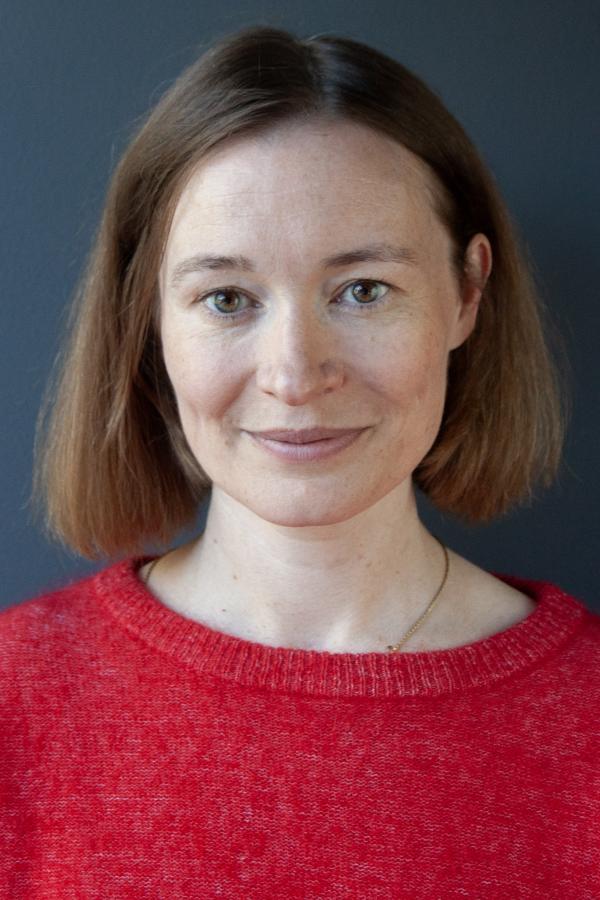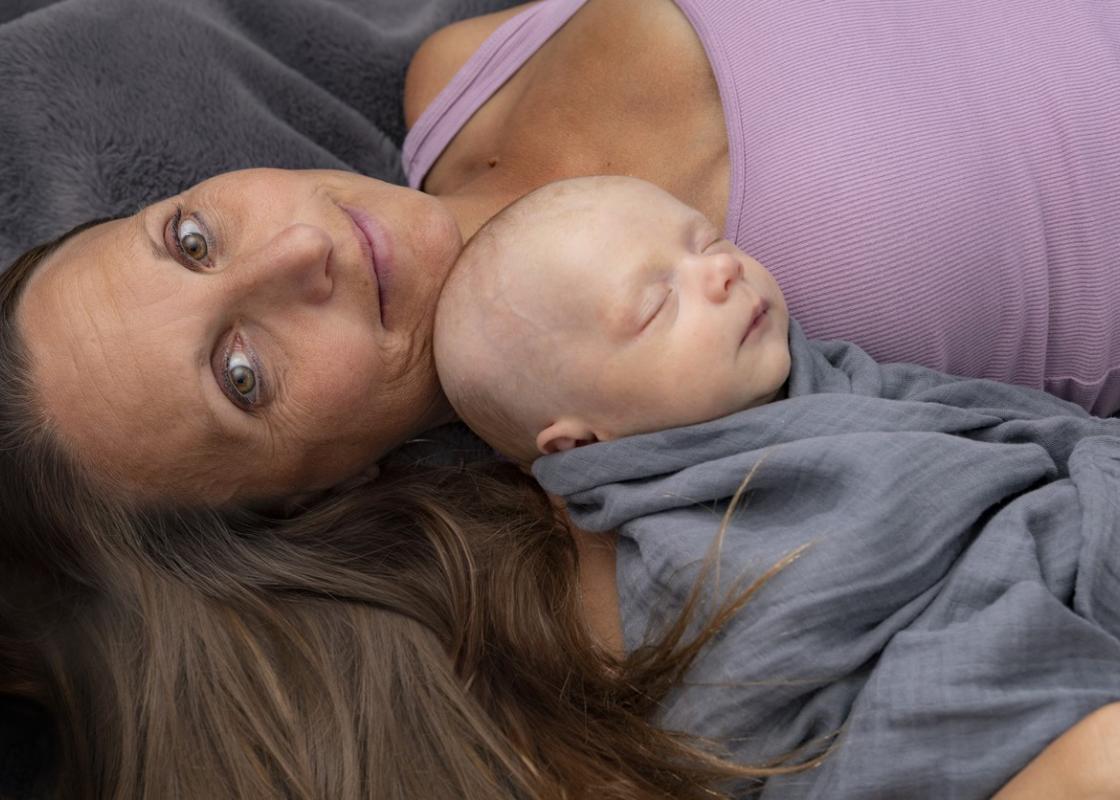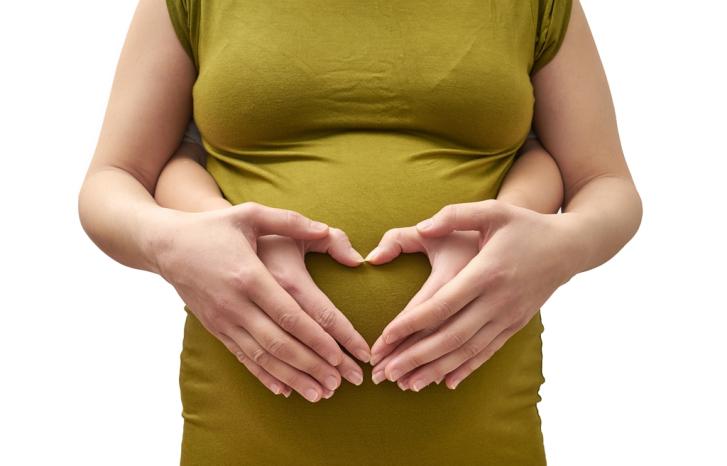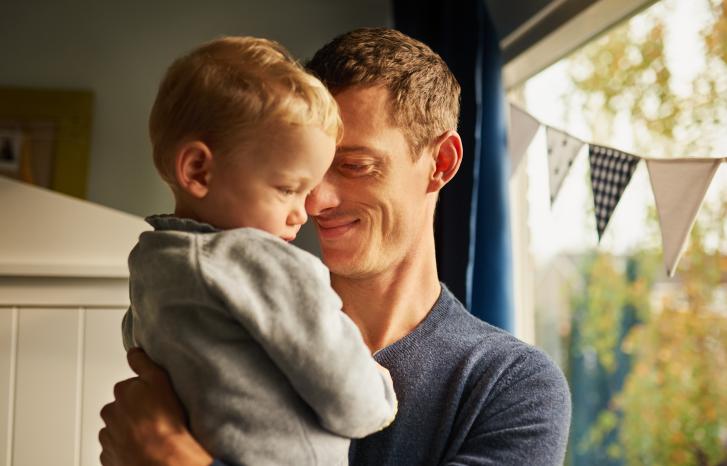An increasing percentage of young women say they do not want children.
This is one of the findings in a new report from the Institute for Social Research (ISF), based on data collected in 2022. The report follows up on a similar survey from 2019.
“We only have two measurement dates, so our findings should be interpreted with caution”, says ISF researcher Sara Cools.
Nevertheless, both surveys reveal clear patterns:
On average, people want more than two children. Most people want more children than they actually have, which is also true of the oldest participants. Furthermore, on average, women want a slightly higher number of children than men.
According to Cools, this last point is explained by the fact that more men than women say they do not want any children at all, while more women than men want three children.
“The extremes raised the average.”
The report ‘Vil vi ha barn?’ (Do we want children? – in Norwegian only) is the second round of a survey on fertility, working life and family policy conducted in 2022. The authors are Ester Bøckmann, Sara Cools and Marte Strøm from the Institute for Social Research.
Data collection was funded by the Research Council of Norway. Additional funding for the work on the report was provided by the Institute for Social Research.
Striking change among young women

The results showed clear changes in the desire to have children among young people, especially among young women. In 2019, 12 per cent of women and 21 per cent of men aged 24 to 29 said they did not want children. Three years later, the percentage of men is virtually unchanged, while the percentage of women has increased to between 18 and 19 per cent.
“This is a clear change”, says Cools.
“But you’re not sounding the alarm?”
“No, not yet”, she says.
“We’ve tried to phrase the question in a way that makes people think beyond their current life situation. However, I think the answers are still influenced by people’s circumstances. They could well look completely different if we asked them again in two or ten years.”
“Which circumstances are you referring to?”
“The most important one is that the average age of first-time mothers is still rising. Many young women have few friends of the same age who have children. Other factors may well include the pandemic, general unease about the state of the world and perhaps young people having a more pessimistic view of the future.”
The ideal
The researchers collected the data for the report in 2022. A random sample of people aged between 24 and 46 was drawn from the National Population Register. An email was then sent to 150,000 people with a link to the questionnaire, which included the question:
“If you were free to choose, how many children would you ideally like to have?”
“We had a lot of discussion about the wording of that question. It may seem a bit odd, but it’s deliberate”, says Cools, adding:
“The goal was to get people to take factors like their financial situation, health and marital status out of the equation. We wanted them to base their answer on what they actually wanted, not just what seemed realistic.”
Few young men took the survey
The final sample consisted of almost 13,000 respondents. The response rate was just under 9 per cent. Low, but not unexpected.
This is common in this type of survey, according to Cools.
It was particularly low among people with a low level of education – and among young men.
“Does this mean that young men are less interested?”
“No, this is a pattern we see in many surveys, including ones that cover completely different areas, like immigration.”
She adds that the response rate can also vary depending on the method used: whether people are contacted by email, text message or phone. Moreover, since young people generally respond less frequently to surveys, the researchers distributed a particularly large number of questionnaires to young people and young men.
They ended up with a sample that Cools believes reflects the population relatively well.
"Many young women have few friends of the same age who have children."
Education level is an important factor
The survey also shows that women, regardless of age, on average report wanting a higher number of children than men: 2.2 compared with 2.1.
One group among men pulls the average up:
“Those with a high level of education”, says Cools.
Conversely, the desire to have children is lowest among men with a low level of education.
“So you could almost say that higher education acts as an incentive for having children?”
“Well, then we would have to ask: Is that because education in itself increases the desire to have children, or because those with a high level of education are already more family-oriented?”
Cools points out that this is probably a matter of selection. In other words, that people who choose a long education often also share other characteristics.
“They tend to have greater financial stability, better prospects in the labour market and perhaps a stronger desire to be in a stable relationship. All this can be linked to wanting to have children.”
Education does not play the same role for women.
“Women want roughly the same number of children regardless of their level of education”, says Cools.
Gender difference biggest among singles
The difference between men and women also disappears among those who are married. In this group, as many as 95 per cent say they want to have children. This applies to both men and women. However, the difference is more marked among cohabitants and single people:
“I usually think of it as three levels”, says Cools:
“Married: no difference between men and women. Cohabitants: slight difference. Single people: clear difference.”
She interprets this as meaning that being young and male and not wanting children is largely linked to being single.
“But we don’t know what comes first: Wanting children or finding a partner.”
It has been assumed that different fertility ambitions in a relationship can lead to conflict. However, the study indicates that this is a relatively limited problem. Only 15 per cent of couples where the partners want a different number of children report this as a source of conflict.
"Parents often struggle with time constraints, stress and guilt. Those who don’t have children are more concerned about their financial situation. That’s why I think it makes sense to target incentives towards the young."
Time versus money
The participants were also asked what incentives they thought would make it easier to have more children. Many incentives were considered positive, but two stood out in particular: More time and more money.
There was also a clear difference between men and women here:
“Women with children ranked incentives that provided more time highest: Longer leave, an extra week of holidays, reduced working hours, normal workdays – that kind of thing”, says Cools.
“Men with children were more likely to rank financial incentives as most important, such as free kindergarten, free after-school care and so on.”
“So women prioritised time, while men placed greater emphasis on financial incentives?”
“Yes, you could put it like that.”
Another finding was that incentives that involved leaving the care work to others, such as kindergartens for children under the age of one or domestic help, were not popular.
“Such support incentives were seen as largely irrelevant, particularly by women.”
“In other words, women didn’t seem to want respite as such, but rather more time with their children”, says Cools.
“Interesting findings”

There has long been political concern about the steadily declining birth rate. According to Statistics Norway (SSB), the overall fertility rate in 2024 was 1.44 children per woman. This is a slight increase on the previous year, when the figure fell to 1.40 – the lowest ever recorded in Norway. By comparison, the fertility rate was 1.98 in 2009.
In 2023, the Government appointed the Birth Rate Committee. Part of the Committee’s remit is to investigate what is behind the declining birth rates. The Committee will submit a Norwegian Official Report (NOU) in February 2026. Chair of the Committee, demographer Rannveig Kaldager Hart, has read the report by Cools and her colleagues.
“This is a major report that contains many interesting findings”, she says and adds:
“One of the things I find interesting is that mums want more time and more flexibility – and that they’re not interested in more childcare from others.”
“Compared with the 2019 report, an increasing percentage of women say they don’t want children. Why do you think that is?”
“It could be the start of a trend or a long-term change, but all survey data contain some random variation”, says Hart.
“The average number of children people want is quite similar to the previous survey. However, several studies have found that the desire to have children is declining slightly.”
In the Birth Rate Committee’s interim report from April 2025, the Committee concludes that changes in the desire to have children may partly explain the declining birth rates. This report also proposed incentives to make it easier for those who want to have children to do so, including;
- Reviewing the current situation for parents in education and increasing knowledge about the ability to have children (fecundity).
- Increasing financial support for parents under 30, including an additional child allowance for this group.
In the final report, the Committee will conduct a comprehensive review of family policy and other schemes that are relevant to families with children.
More child allowance for young people
Sara Cools, author of the report discussed in this article, is also a member of the Birth Rate Committee.
“What do you think is the best incentive for getting people to have children?”
“Well... the Birth Rate Committee has proposed increasing child allowance for parents under 30”, replies Cools.
She emphasises that the proposal is also meant to send a message:
“The message is that society supports starting a family a bit earlier — for those who want to.”
“Many people are having children later and later in life”, she points out, “and some of them don’t manage to have the children they later realise they wanted.”
“What we see is that needs vary. Parents often struggle with time constraints, stress and guilt. Those who don’t have children are more concerned about their financial situation. That’s why I think it makes sense to target incentives towards the young.”



